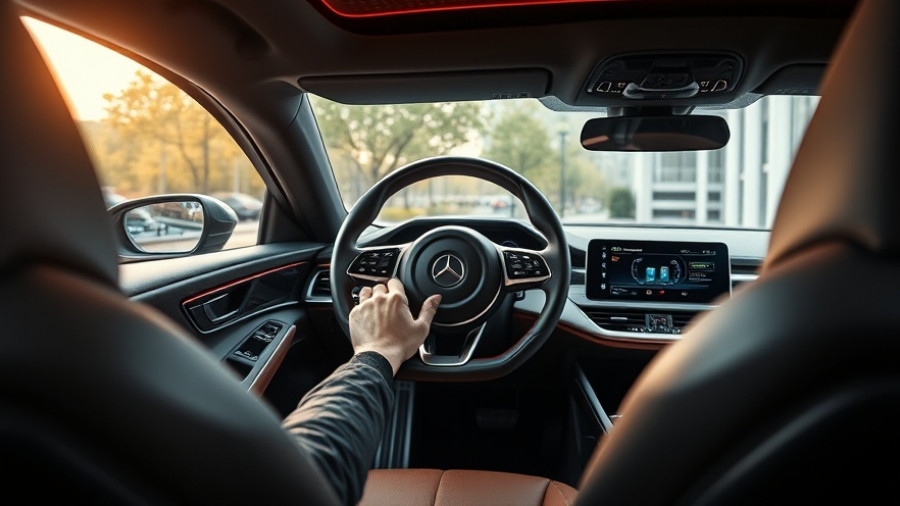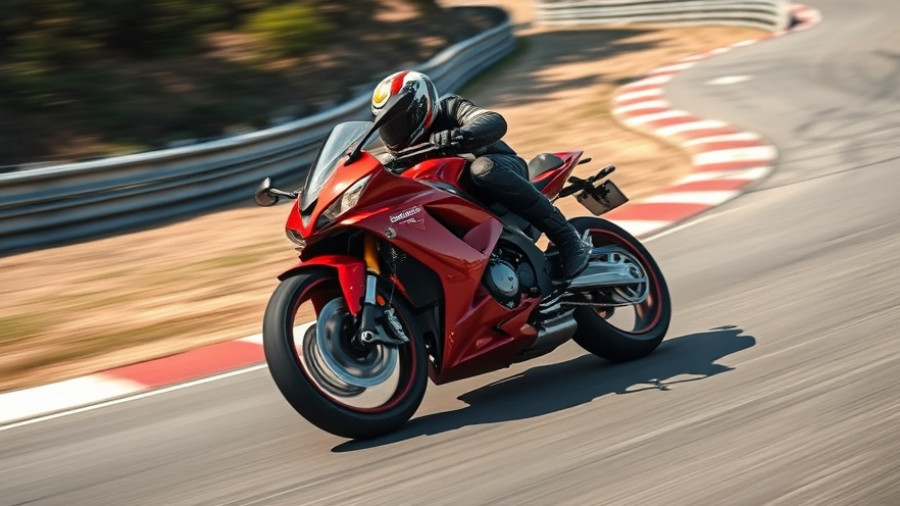
A Revolutionary Milestone: GM's Super Cruise Hits 500,000 Users
General Motors (GM) recently announced a significant achievement in its Super Cruise technology, reaching over 500,000 active users with an impeccable safety record—zero crashes reported. This milestone reflects a remarkable leap in user adoption, nearly doubling the number from just a year ago.
Safety First: An Unmatched Record
Super Cruise has amassed over 700 million hands-free miles, further emphasizing the system's reliability. Unlike some of its competitors, such as Tesla’s controversial Autopilot, GM's approach prioritizes safety through its hands-free driving system designed for pre-mapped highways, significantly enhancing the driver experience. The success of Super Cruise lies not only in its innovative technology but also in its strategic deployment and auxiliary safety features.
Expanding Accessibility and Adoption
The user base surged as GM equipped more affordable models with Super Cruise. Initially introduced in 2017 on the premium Cadillac CT6, the technology is now available across a broader range of GM vehicles, including popular Chevrolet and GMC models. This broad availability is crucial, as the company anticipates reaching 600,000 users by the end of 2025, which would further establish the Super Cruise brand within the automotive landscape.
Understanding Subscription Models: User Retention Strategies
Importantly, GM's strategy encompasses a three-year free trial, which likely bolstered early adoption rates. Following the trial, users can continue with a subscription model priced at $25 per month or $250 per year. Remarkably, GM reports that around 40% of those whose trial periods ended chose to maintain their subscriptions, positing that hands-free driving, once experienced, becomes integral to everyday commutes and longer road trips.
Comparison to Competing Technologies
Super Cruise and Ford’s BlueCruise represent a shift toward hands-free driving technologies, both designed for use only on mapped highways. However, key differences arise in the operational mechanics; Super Cruise relies on pre-mapped libraries for functionality, while Tesla’s system utilizes real-time camera input, making it significantly different in user experience. Furthermore, this positions GM strategically as it leans on a more predictable model of autonomous driving.
The Future of Driving: Innovations Ahead
Looking ahead, GM plans to enhance the Super Cruise experience further by transitioning seamlessly from manual driving mode to hands-free as drivers enter compatible road zones. This feature is expected to debut in models launched in 2026, aiming to make the driving experience more fluid and intuitive.
Conclusion: A Game Changer for Daily Commuters
For families and individuals engaged in daily commuting or long-distance travels, Super Cruise presents an innovative solution aimed at reducing stress and improving overall travel comfort. If GM continues to maintain its strong safety record while expanding its geographic reach and vehicle compatibility, Super Cruise could redefine the driving experience in modern automobiles.
As consumers increasingly navigate their choices in the evolving automotive market, understanding tools like Super Cruise can empower them to make better informed decisions regarding vehicle purchases and the growing prevalence of autonomous technologies.
 Add Row
Add Row  Add
Add 




Write A Comment